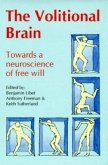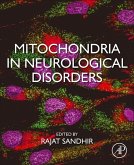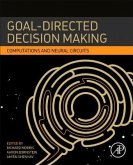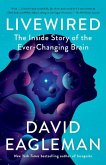Microstructure with Magnetic Resonance: Problems and Solutions responds to the challenge of how to see the invisible with magnetic resonance imaging. Technically, the goal is to quantify cellular-level properties of biological tissues and microarchitecture of porous media orders of magnitude below the achievable resolution of MR. While the interest in this area has grown exponentially, current research involves physics outside the scope of standard NMR and MRI textbooks. Microstructure with Magnetic Resonance: Problems and Solutions introduces readers to methods of describing complex media in statistical terms, and covers the effects of complex microenvironments on the MR signal phase, on the transverse relaxation, and on different facets of the diffusion-weighted signal.The book presents the material as a set of problems with detailed solutions, that build on each other, stimulating a hands-on approach to learning. Each chapter begins with a short introduction to the topic, followed by problems, solutions, and a summary of key points. The problems start from the basics, and bring the reader step-by-step to the frontier of current knowledge. The overall focus is on gaining physical insight, by drawing on simple physical analogies and dimensional analysis, which help to reproduce the essence of the results obtained in classical and recent studies. The necessary mathematics is collected in dedicated appendices.With this book the reader will:¿ Understand the classic and current literature on microstructure mapping with NMR and MRI¿ Become familiar with the modern trends in microstructure MR¿ Be able to design new experiments using MR based on a solid theoretical foundation
Bitte wählen Sie Ihr Anliegen aus.
Rechnungen
Retourenschein anfordern
Bestellstatus
Storno








